Rzym 2023-09-02
Italy. Suburban train Rome - Ostia. 2023.
Geographic coordinates: 41.722N 12.305E.
Rome is one of the most visited cities in Europe and in the world. When the Boeing B-707 aircraft was designed, one of the requirements was a non-stop flight from New York (USA) to Rome (Italy). Public transport in Rome is well developed and relatively comfortable, and ticket prices are acceptable. Although it can get crowded during peak hours. There are over 200 lines of communication in Rome. Rome has only 6 tram lines. Metro and Suburban Railway are by far the most convenient. It is worse with bus and tram communication. Public transport in Rome is integrated and the same tickets are valid everywhere, which is very convenient for tourists. You can buy a multi-day ticket and enjoy traveling by all means of public transport. Tickets are also valid on regional trains, as long as you do not travel outside of Rome. You need to know that city tickets are not valid for private carriers, which is important in transport at airports. Virtually all public transport in Rome is the responsibility of ATAC.
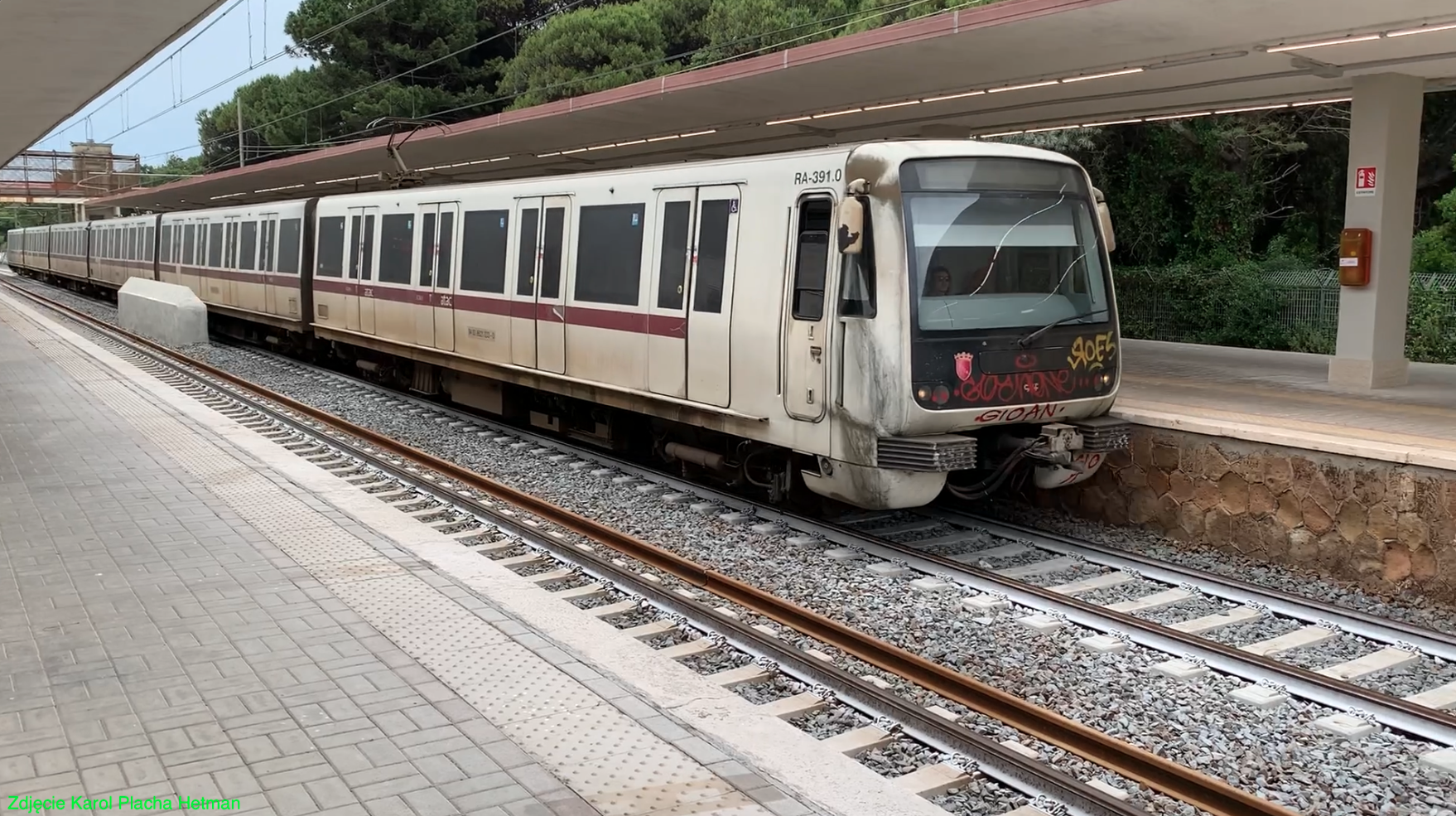
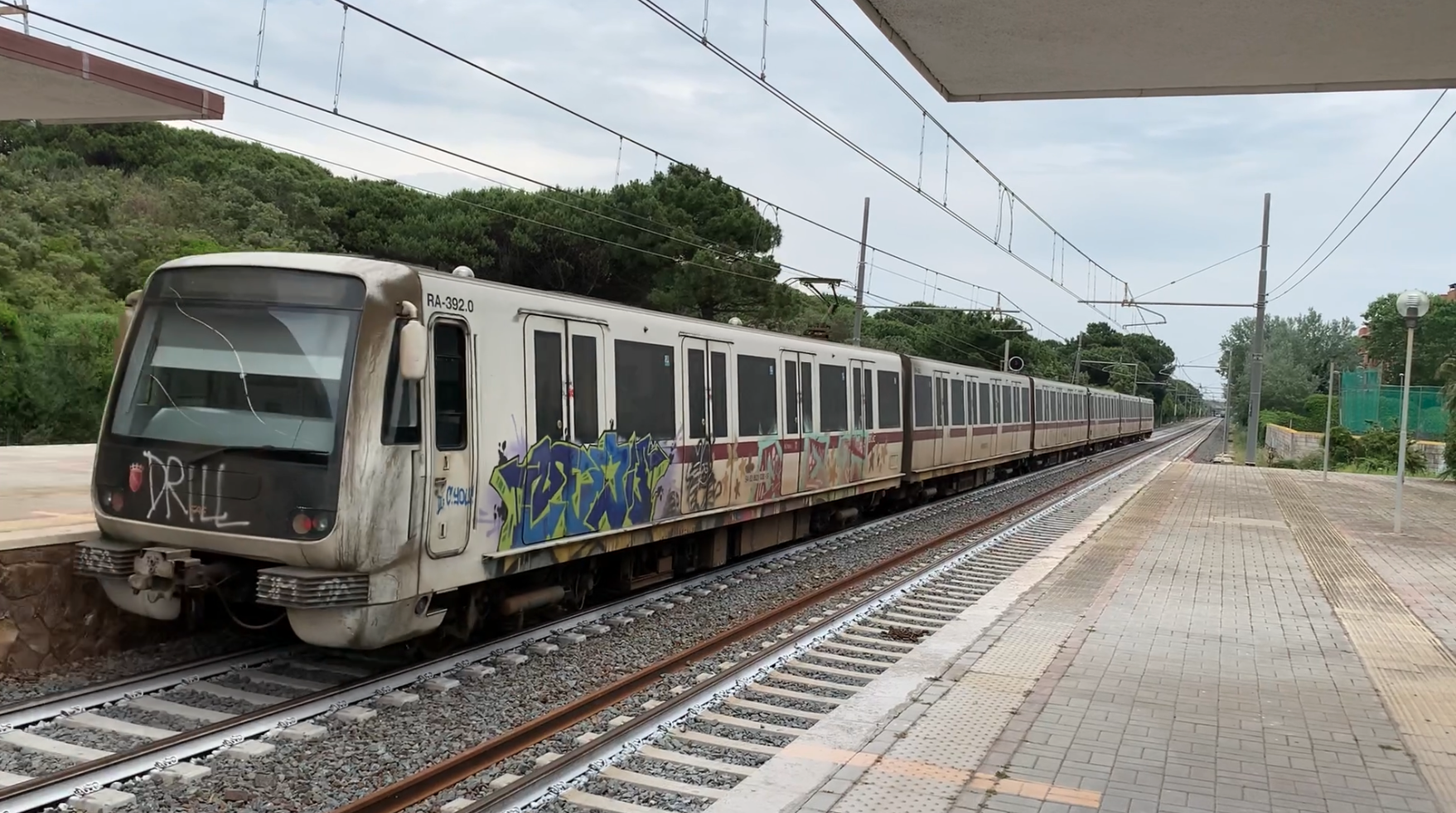
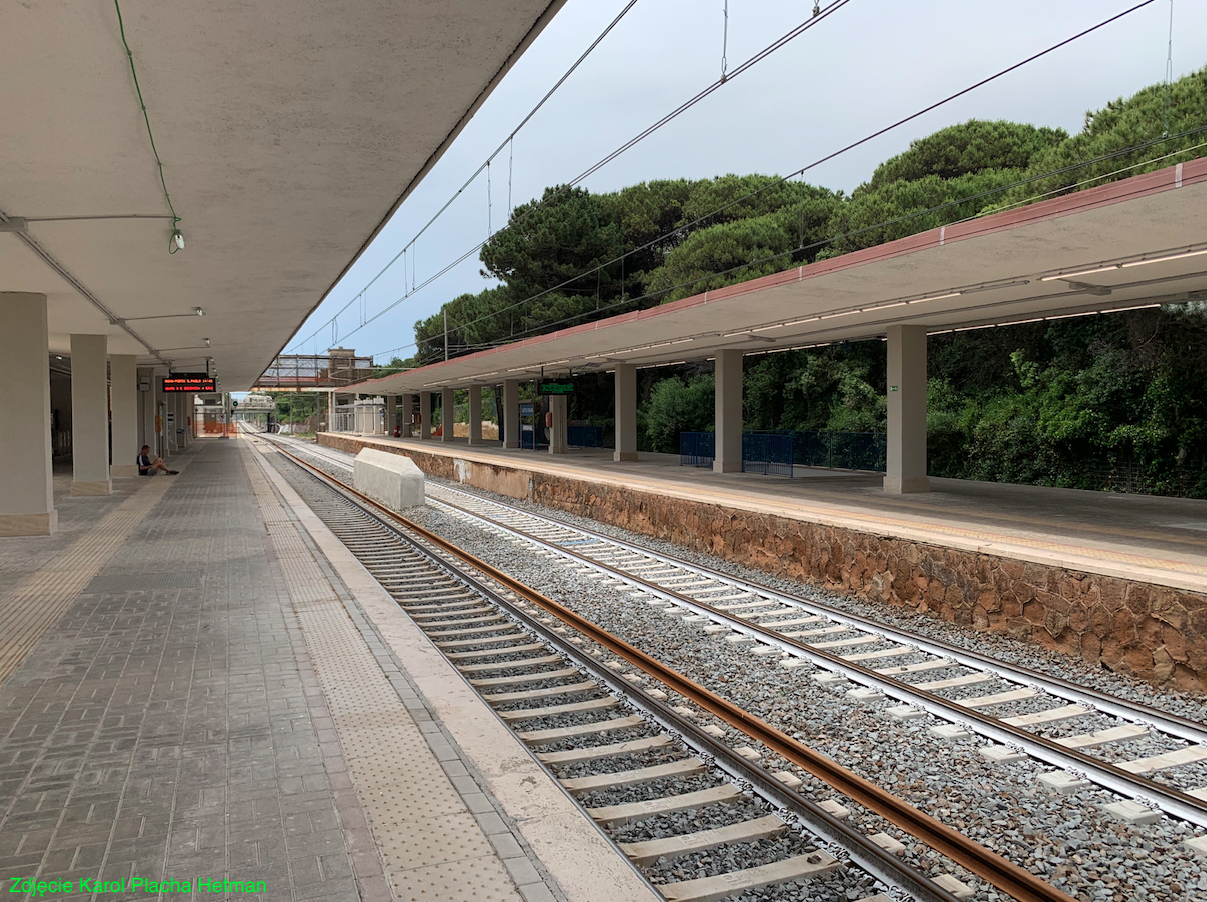
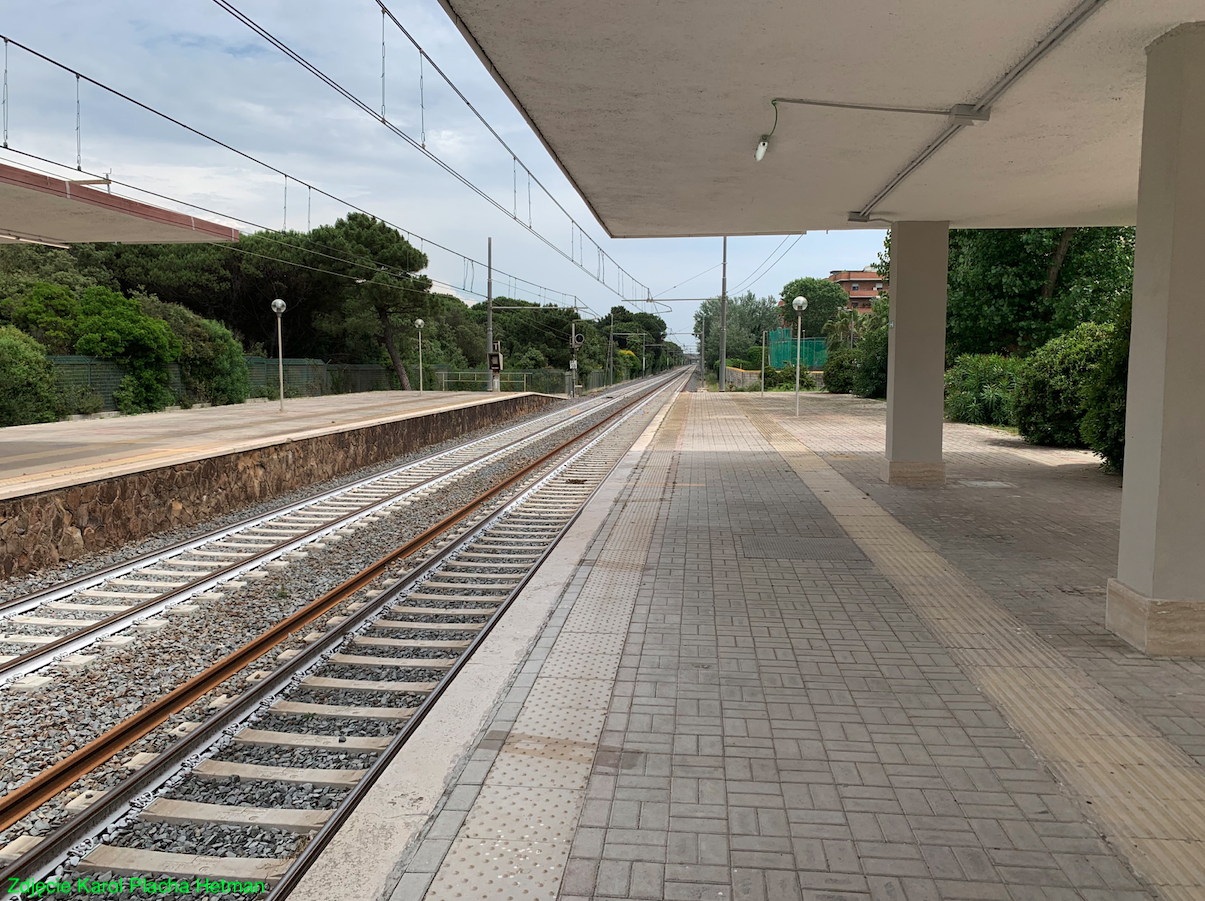
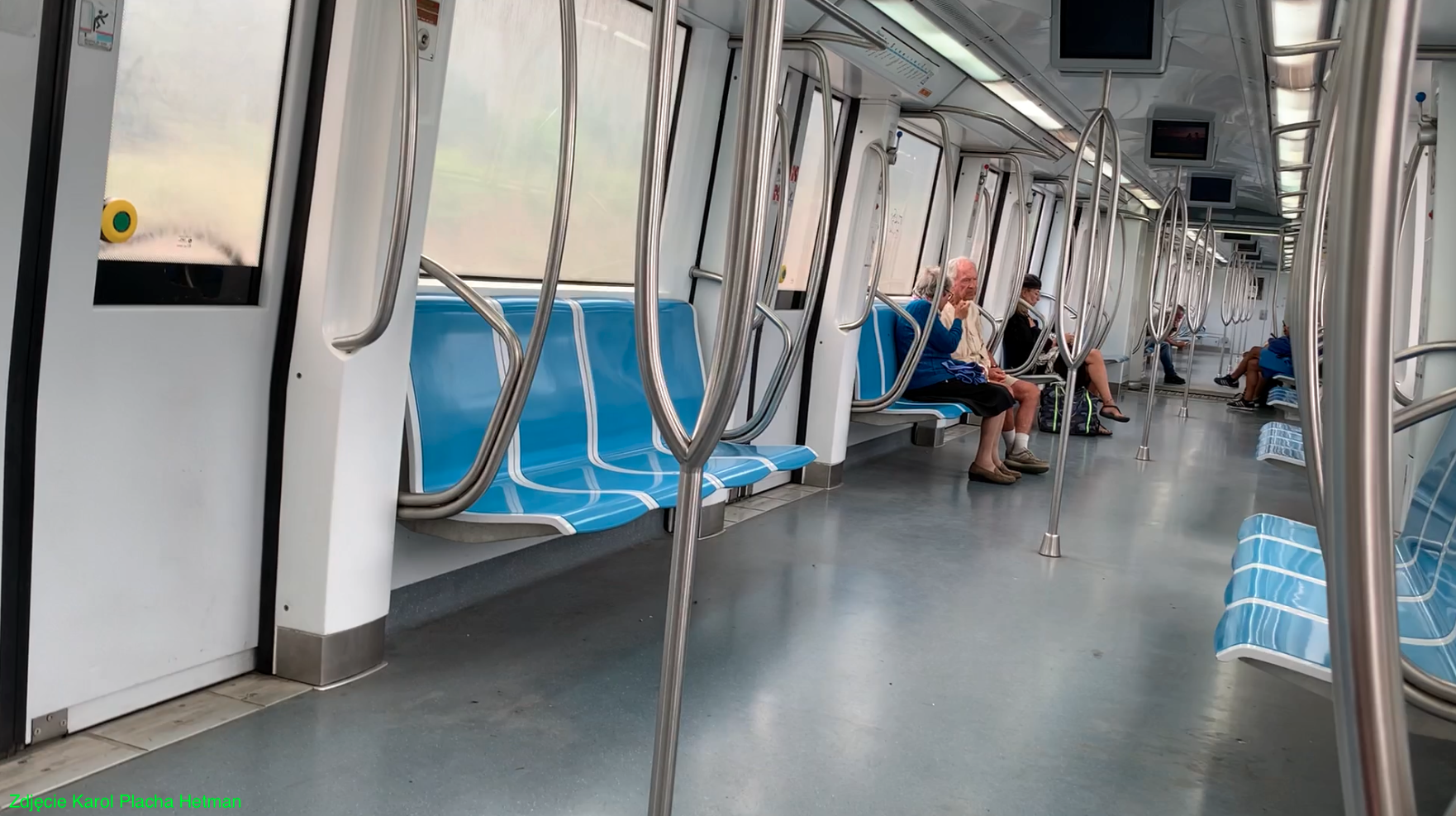


Overground suburban railway - access from Rome to the sea to Ostia.
The five lines of the surface suburban railway (Ferrovie Urbane in Italian) are also part of communication in Rome, which can take you to further corners of the city and its surroundings. Their great advantage is that ordinary city tickets are valid in them. The lines are operated by two transport companies: Trenitalia and Ferrovie Laziali. The most popular among tourists is the Roma-Lido line to Ostia, which stops a few hundred meters from the archaeological site (Ostia Antica station) and continues towards the main part of this seaside resort. Other lines take residents from the outskirts of Rome to the center.
The first station of the Roma-Lido train, Porta San Paolo, is located at the Piramide Metro Station (line B) and allows for a convenient transfer. Trains on the Roma-Lido route run every 10-20 minutes, starting at 5:00 in the morning. Trains run according to the timetable and run on schedule. The last departures are around 23:30.
Roma-Lido line.
The line is 28.3 km (17.6 mi) long. There are 13 stations and passenger stops on the line. During the day, the line can handle over 90,000 passengers.
In the 19th century, many Romans moved to the coast of the Tyrrhenian Sea. This is how the settlement of Lido di Ostia was created. There was a need to build good communication between the center of Rome and the coast. The first railway project was proposed by engineer Felipe Costa in 1868. The idea was accepted by the State of the Church, which then ruled the whole area. For the implementation of the idea, the Roman nobility collected 9 million pounds, wanting to set up a private company. But in 1870, the Papal States collapsed and the project was abandoned.
A tram line was considered, but this project, in endless discussion, fell through as well. All stakeholders saw the benefits of building the line, but were unable to unite their ideas. In 1906, the Rome City Council set up a commission to study Rome's transport links to the coast. A motorway with a width of up to 80 m was designed, which was to be launched in 1911, i.e. on the 50th anniversary of the unification of Italy. However, this project was not implemented due to the costs.
In 1909, a company from Belgium joined the railway construction program, but it was not finalized either. In 1913, the matter of building a railway line came to the forum of the Italian Parliament. In 1914, it was agreed that a standard-gauge railway line would be built, which would be electrified. In order to implement the plans, the company "La Marina di Roma" was founded. After various considerations, it was decided that the starting station would be at Porta San Paolo. The project was to electrify the line by powering it from the third rail. In 1915, already during the Great World War, the final design was approved. Power supply from overhead wire, direct current, voltage 2.4 kV. In 1916, the government ratified the act on subsidies for the construction of a railway line. Due to the war, work was not started.
The official commencement ceremony was held in the presence of King Victor Emmanuel III. The king also laid the foundation stone for the future station in Ostia on December 10, 1920, after the great world war. The line was launched on August 10, 1924. The first trains were operated by steam locomotives. The route was served by 10 pairs of trains per day. The train traveled the entire route in 50 minutes. On April 21, 1925, electrification with a voltage of 1.5 kV was started and the second track was put into use. Travel time was reduced to 30 minutes. The train consisted of an electric locomotive and four cars, each with three entrance doors on each side. At the end stations, the locomotive drove around the train.
In the 1930s, trains left every 15 minutes along the route. The line brought in big profits. In 1941, the line was incorporated into the Rome Company of Electric Trams and Railways. As a result of the Second World War, in 1943-1944, the railway line was seriously damaged, but the rolling stock suffered minimally. Immediately after the end of the fighting in Rome, repair work began on the railway, lasting from September 21, 1944 to December 24, 1945. The station in Ostia was completely abandoned and later dismantled due to severe damage. The new station was set back 300 meters (984 ft 3 in).
After World War II, the modernization of the line was continued. In order to bring the tracks to Ostia Levante, North Star and Castelfusano stations were built. Also in 1949, the old Ostia Central Station was demolished (on the site of which there is now an amusement park), and on June 4, 1951, the new station at Lido di Ostia was opened. Over the 50 years, due to the expansion of Ostia and its transformation into a favorite seaside resort by the Romans, the demand for transport to and from the capital grew steadily.
In 1955, the MR 100 class trains (model 1954) were introduced into operation, and then the MR 200 class (model 1956). The inauguration of line B of the Rome Metro has enabled the Ostiense Magliana station to serve both the Metro and the Roma-Lido line. In 1956, the Roma-Lido line was extended as far as Termini station in the center of Rome, the main railway station. On August 25, 1960, an extension of the line to Christopher Columbus Station was opened. Also in 1960, the Tor di Valle station was opened, near the Roman race track. In the summer of 1972, thanks to the expansion of the districts between Rome and Ostia, the Casal Bernocchi station was opened.
In 1976, MR 300 trains were put into operation. In 1987, MR 500 trains, manufactured by Fiat Ferroviaria, were put into operation. Each train has six cars; four motor cars and two trailer cars. The train can carry 1,138 passengers, 264 of whom are seated.
Currently, in 2023, trains run 7 days a week, from 05:00 to 23:30. During peak hours there are 8 pairs of trains per hour. The average journey time for the entire line is 37 minutes.
Line and rolling stock description.
The tracks are standard gauge 1,435 mm (4 ft 8 + 1⁄2 in). Voltage 1.5 kV, direct current. Traffic on the line is left-hand, unlike in Poland. At the rail line below the rail head, the rails are painted white to reduce the temperature. The sleepers are reinforced concrete. The rail attachment is spring-loaded.
The rolling stock used on the line is produced by the Spanish company CAF. Construcciones y Auxiliar de Ferrocarriles (CAF) is a Spanish company based in Beasain (Province of Guipúzcoa) that designs, manufactures, maintains and supplies rolling stock and rail vehicles such as; locomotives, wagons, fast trams, high-speed trains as well as driving and rolling bogies. The company produces trolleys that have a variable wheelbase on the axle. CFA was founded in 1917. It currently employs 2,000 employees.
CAF products are used all over the world; Europe, USA, South America, India, Japan and others. Since 2010, the company has delivered more than 2,700 vehicles and had an order book for another 450 vehicles. The company won tenders for trains for the metro in Brussels, Rome, Madrid, Barcelona. The company also produces trams.
Currently, six-car trains are operated on the line. The control cabin is at both ends of the train. The entrance to the control cabin is from the inside of the car and from the outside, on both sides. The cars are without compartments and without entrance vestibules. Passenger seats are placed along the sides of the car. The seats are hard and made of plastic. The assumption was that the color of the seats should correspond to the color of the lines on the plan. Each car has four doors on each side and they are automatically opened by the train staff. They have the same construction as metro trains, because they are produced by the same company (CAF). Each wagon is supported on two two-axle bogies. Electric motors are installed in the first, third, fourth and sixth cars. The motors are powered by 1.5 kV DC. The train has two pantographs, one on the first and the last car. Both pantographs are used simultaneously. The trains are air-conditioned. In the cars there is full railway information for passengers in the form of monitors and an audio system.
Written by Karol Placha Hetman
